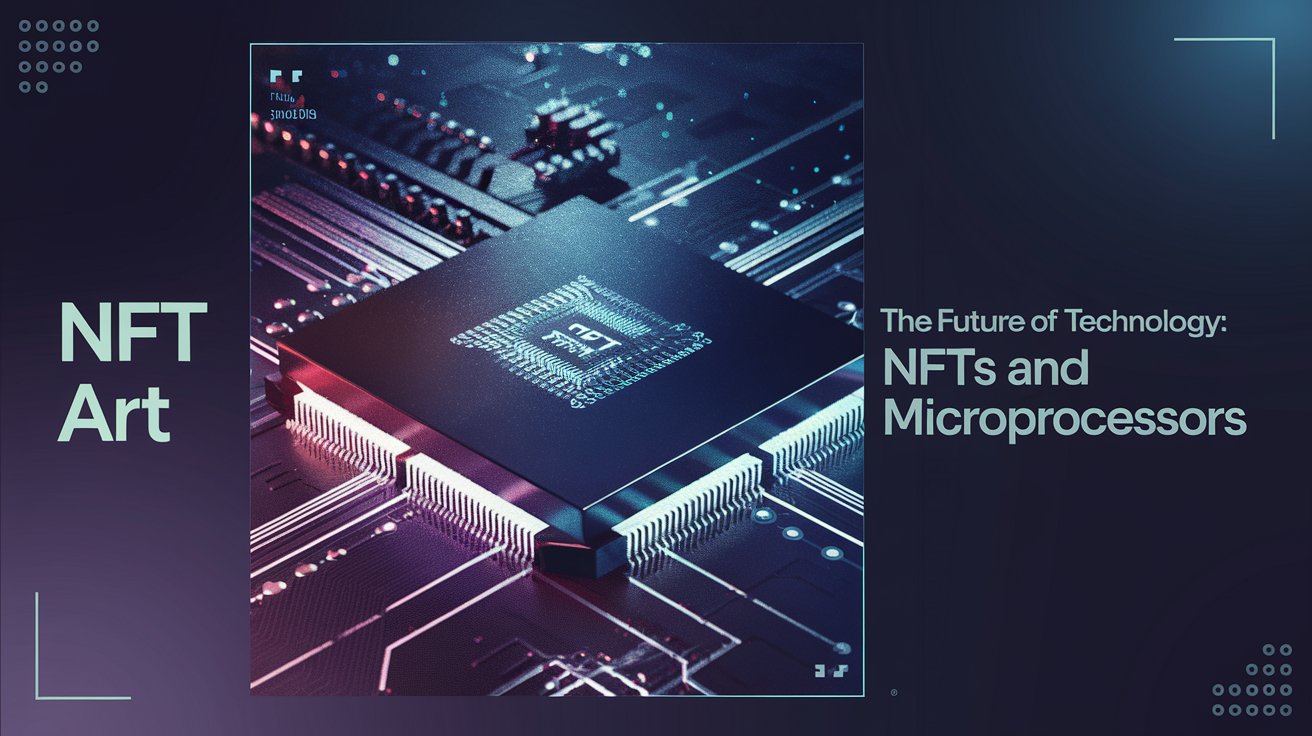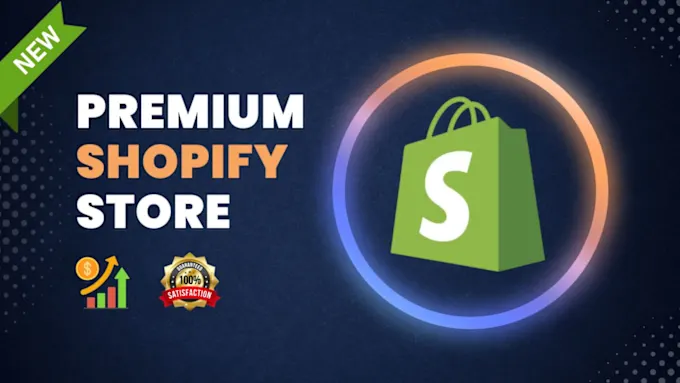Blog
Top 5 NFT Art Design Services| Crypto Art Ultimate Guide

Understanding NFTs and the Rise of NFT Art
The digital landscape has evolved rapidly, and one of the most exciting developments is the emergence of NFTs. These tokens have transformed the way we think about ownership and digital assets. In this article, we will explore what these tokens are, their impact on the art world, and how artists and collectors are navigating this new frontier.
What are NFTs?
NFTs are unique digital assets that represent ownership of a specific item or piece of content, often secured by blockchain technology. Unlike cryptocurrencies such as Bitcoin, which can be exchanged on a one-to-one basis, each token has distinct properties and cannot be replaced. This uniqueness is what gives these digital items their value.
The Technology Behind NFTs
These tokens are built on blockchain technology, which ensures security and authenticity. Most NFTs are created on the Ethereum blockchain, although other blockchains like Binance Smart Chain and Flow are also becoming popular. The blockchain records every transaction and verifies ownership, making it nearly impossible to forge an NFT.
The Rise of Digital Art
The art world has seen a significant shift with the introduction of NFTs. Artists can now tokenize their work and sell it directly to collectors, eliminating intermediaries like galleries and auction houses. This direct access has empowered many creators and opened new revenue streams.
How Digital Art Works
When an artist creates a token, they mint a digital certificate of ownership for their artwork. This certificate is recorded on the blockchain, and buyers can purchase it to own a piece of digital art. Artists can also set royalties, ensuring they earn a percentage of future sales whenever the work is resold.
Benefits of Digital Art
The rise of these tokens has brought several benefits to artists:
- Direct Sales: Creators can sell their work directly to collectors without intermediaries, maximizing profits.
- Royalties: Artists can earn ongoing royalties from secondary sales, creating a sustainable income stream.
- Global Reach: The digital nature of these assets allows artists to reach a global audience.
- Proof of Ownership: Blockchain technology provides a secure way to prove ownership, enhancing trust among buyers.
Challenges in the Digital Art Space
While the potential is immense, there are challenges that artists and collectors face:
- Market Volatility: The value of these tokens can fluctuate dramatically, making it a risky investment.
- Environmental Concerns: The energy consumption associated with blockchain transactions has raised concerns about the environmental impact.
- Copyright Issues: There have been instances of artists’ works being tokenized without permission, leading to legal disputes.
How to Create and Sell Digital Art
For artists looking to venture into this space, here are the steps to create and sell your digital art:
Discover top-tier NFT art design services, where talented designers create stunning digital art tailored to your vision.
Click the link down below:
NFT Art Designers
1. Choose a Blockchain
Select a blockchain that supports these tokens. Ethereum is the most popular choice, but consider alternatives like Tezos or Flow if you’re looking for lower fees.
2. Set Up a Digital Wallet
You will need a digital wallet to store your tokens and cryptocurrencies. Wallets like MetaMask or Coinbase Wallet are widely used in the community.
3. Select a Marketplace
There are several platforms where you can mint and sell your assets, such as OpenSea, Rarible, and Foundation. Each marketplace has its own features and community.
4. Create Your Artwork
Design and finalize your digital artwork. This could be anything from digital paintings to music, videos, or 3D models.
5. Mint Your Asset
Follow the marketplace’s process to mint your asset. This typically involves uploading your artwork, adding a description, and setting a price or auction format.
6. Promote Your Work
Once your item is live, promote it through social media, art communities, and your personal network. Building a following can significantly increase your chances of selling.
The Future of NFTs and Digital Art
The future looks promising. As more artists and collectors enter the space, we can expect continued innovation and new use cases. The integration of these tokens in virtual reality, gaming, and the metaverse is just beginning to be explored, opening up even more opportunities for creators.
Expanding Use Cases
Beyond art, NFTs are being used in various industries, including music, fashion, and gaming. Musicians are releasing exclusive tracks, while fashion brands are exploring virtual clothing items.
Conclusion
In summary, NFTs have revolutionized the digital art world, providing artists with new ways to create, sell, and earn from their work. While there are challenges to navigate, the benefits and opportunities presented are immense. As technology and communities evolve, the landscape will continue to grow, shaping the future of art and digital ownership.
Whether you are an artist looking to enter this space or a collector exploring new opportunities, understanding NFTs is crucial. The potential for innovation is vast, and we are just beginning to scratch the surface of what these tokens can achieve.









